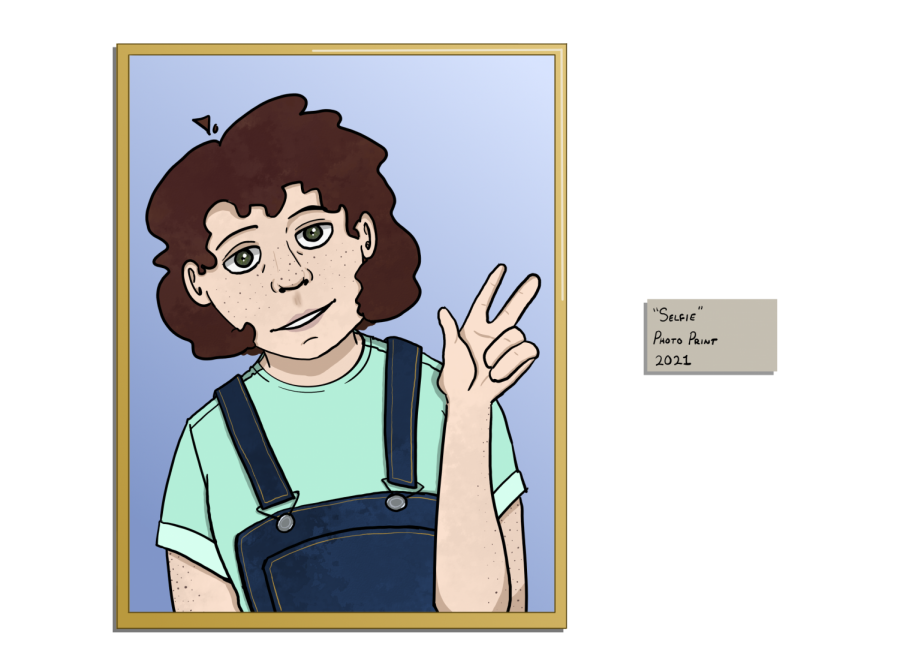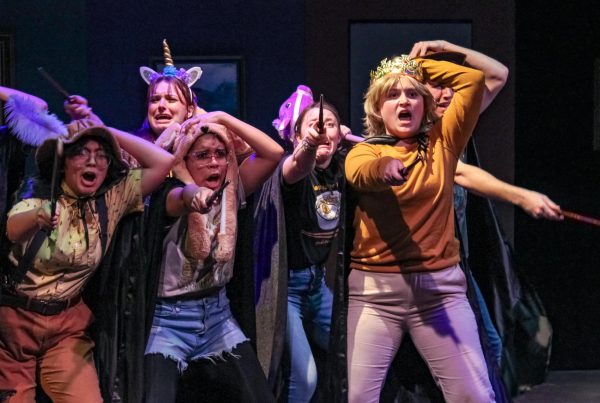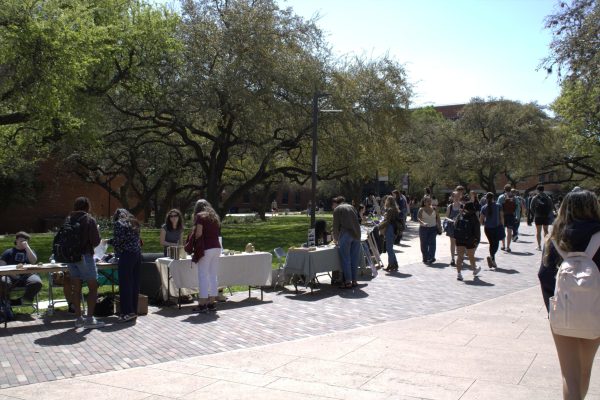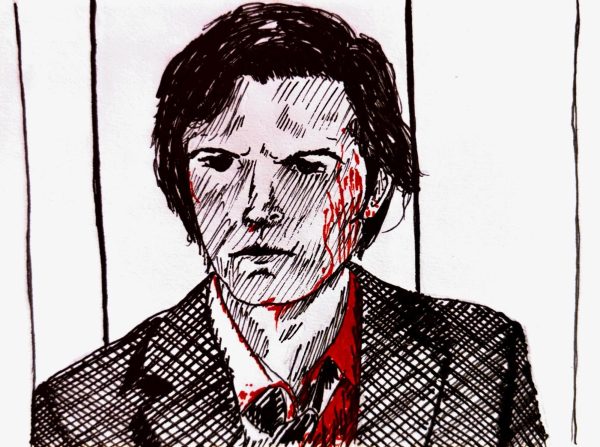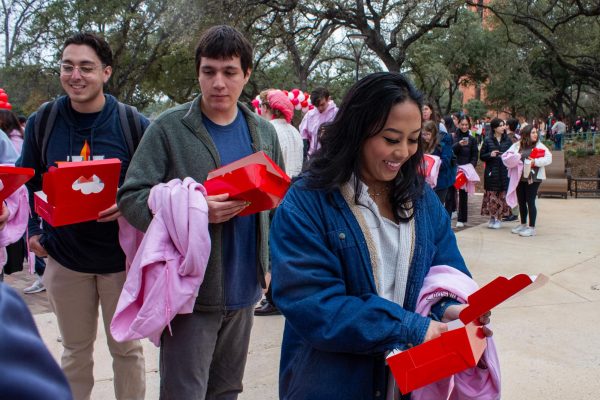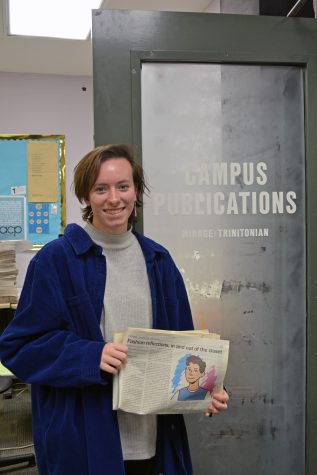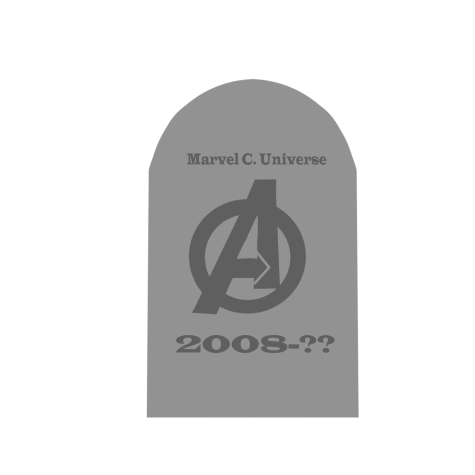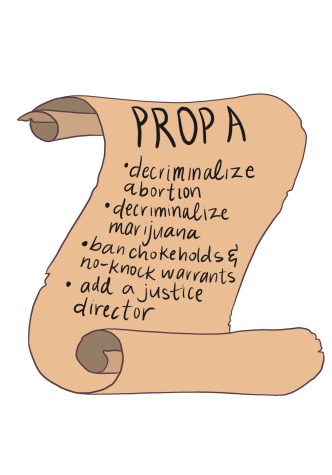But first — let me take a selfie
How selfie museums undermine contemporary art
Pop-up selfie museums have been showing up all over my Instagram feed; they are bursting at the seams with meaningless immersive “art.” The definition of art can be blurry and subjective. I’m not going to say what is art and what’s not, but to me, this is not art — it is social performance, at best. The difference between art and what waits inside a selfie museum lies in their intentions.
In my opinion, the biggest difference between the photo opportunities in a selfie museum and the art in an art museum is the purpose and effects of each. Contemporary art would be the most appropriate art of comparison to what is installed inside of a selfie museum.
Purposes and effects of contemporary art include engendering thought, reflection, new perspectives, ideas or feelings about the world. I think it is unfair to compare selfie museums to the critical work and thought contemporary artists put into their artwork.
The backdrops in a selfie museum are solely made for interesting photographs of people to post on social media. They are void of any meaning or experience other than photo opportunities and an interesting walk.
Selfie museums are not comparable to art; they are more comparable to a spectacle, perhaps a carnival. The intended interaction with selfie museums is different from art in art museums.
Interaction with selfie museums involves staging yourself for an insta-worthy picture. Adjusting the lighting and making sure your hair and poses are in place perfectly. Why? To be as photogenic as possible for the eventual posting of the image on social media — usually Instagram. The purpose of a selfie museum is to get postable selfies.
To be fair, going to a selfie museum might be a fun experience; its effects involve having a lot of photos to post, exploring visually stimulating spaces and receiving attention from the camera when looking your best. However, a few negative side effects are to be expected, such as a dent in your bank account and perhaps a sore mouth from smiling too much.
In San Antonio, there are two selfie museums, The Selfie Box (recently opened) and Wonder Chamber. For students, the costs range from $15 to $30 per hour inside a maze of backgrounds with the intention to “get creative.” Creative, as in occupying not normally experienced spaces; not creative, however, in that the backgrounds are standardized for everyone who pays to use them.
To give credit where credit is due, selfie museums are genius business models — they capitalize on our craving for a photo opportunity to show off the self we want others to see and accept online. Written by psychologists Keith Wilcox and Andrew T. Stephen, the paper “Are Close Friends the Enemy? Online Social Networks, Self Esteem and Self Control,” concludes that social media use can increase self-esteem and decrease self-control. Social media gives us external fulfillment based on how many people “like” us online. A decrease in self-control is one of its negative effects, however.
The reliance on external validity is also a negative effect. Instead of scrounging for self-esteem online and having to jump through hoops to get likes, we should look inward to find our worth and validation.
Perhaps we should also seek out real adventures such as climbing a mountain, visiting a free art museum, convening for a socially distanced picnic, or having our minds opened through reading a book. The photo opportunities that present themselves through these activities may not be as well-lit or as flashy as a selfie museum, but at least these adventures would be rewarding experiences worthy of remembering. Maybe the number of likes and comments on our social media posts would decline, but what significant value do likes and comments hold anyways?

My name is Ashley Allen and I am a senior completing a BA in art history at Trinity University, with a minor in Medieval and renaissance Studies. I hope...
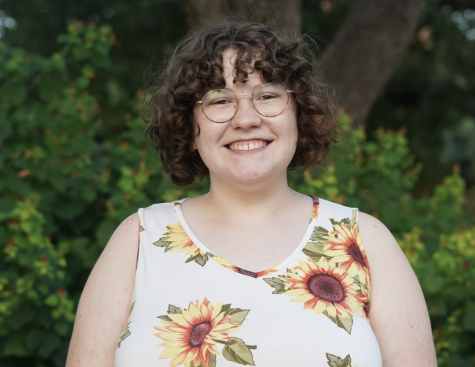
I'm a senior Computer Science major and a Classical Studies minor from Newton, North Carolina with a passion for art. I also work at the Center for Experiential...

